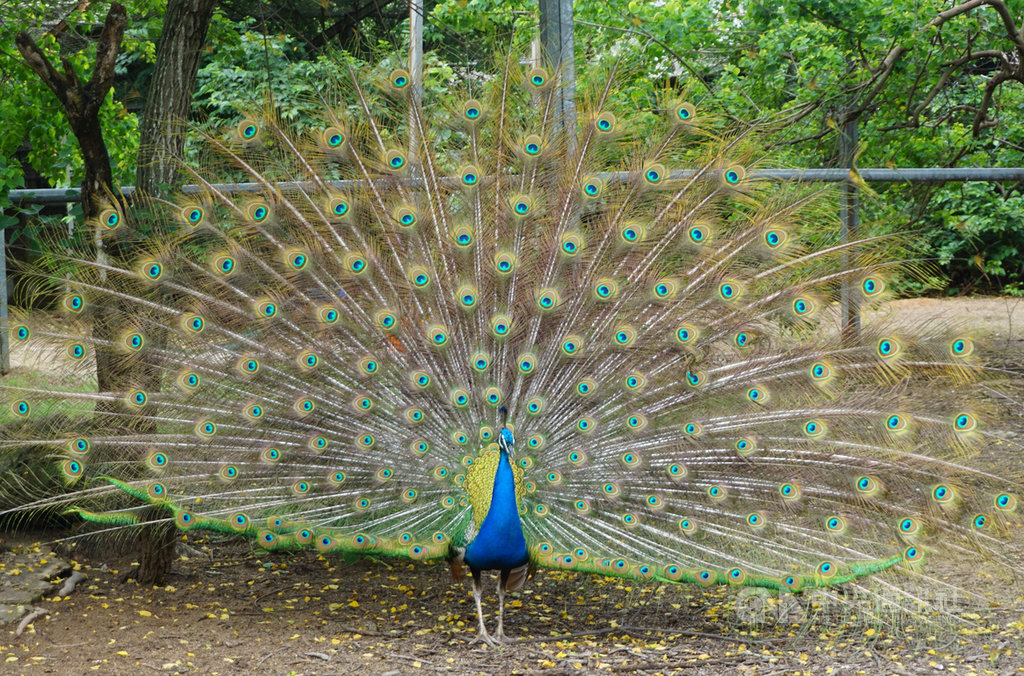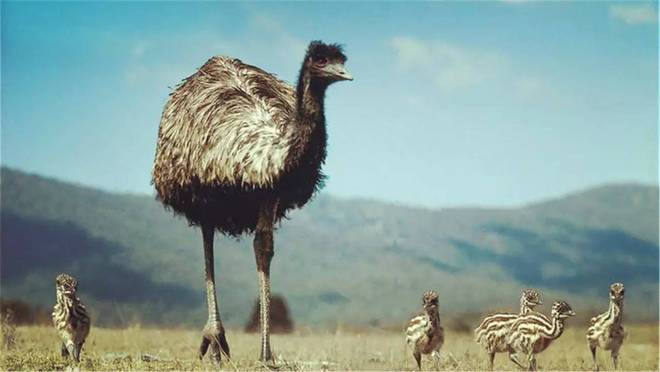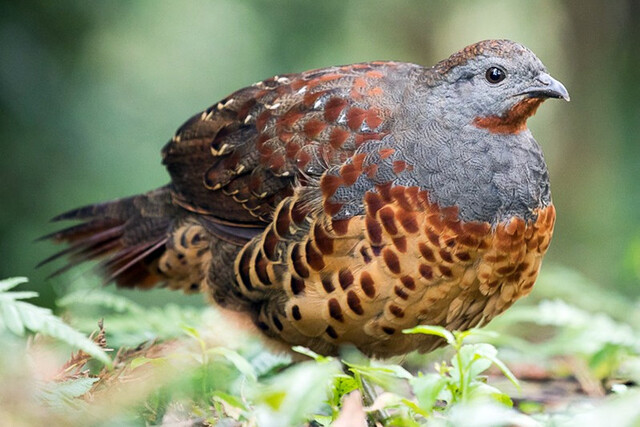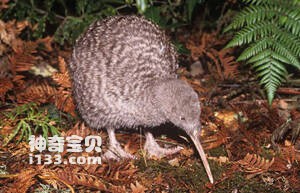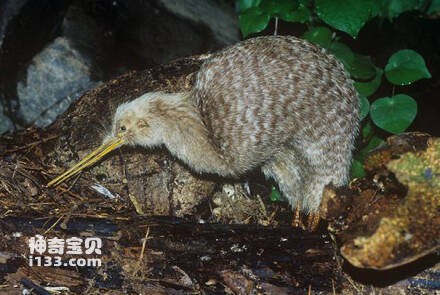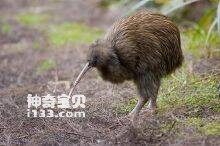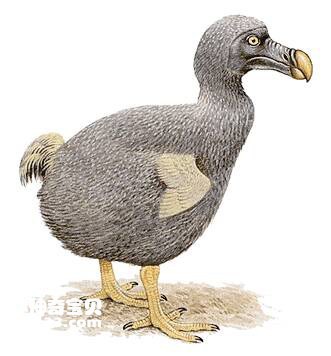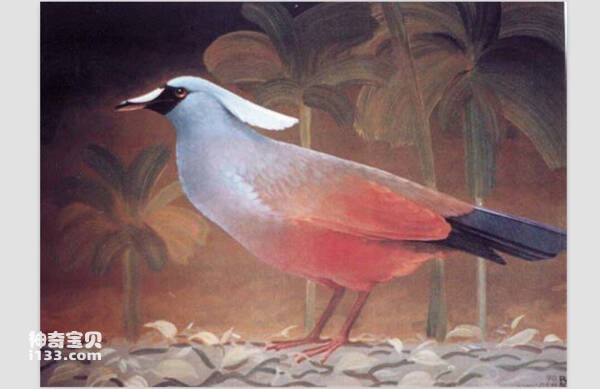Pternistis icterorhynchus
IUCN
LCBasic Information
Scientific classification
- name:Pternistis icterorhynchus
- Scientific Name:Pternistis icterorhynchus,Heuglin's Francolin
- Outline:Landfowl
- Family:Chickeniformes Pheasants Polytridges
Vital signs
- length:About 32 cm
- Weight:420-588g
- lifetime:No textual research information is available
Feature
The forehead has black striped feathers, with broad white brow lines and radiating spots below the neck
Distribution and Habitat
It is found in Central African Republic, Democratic Republic of Congo, South Sudan, Sudan and Uganda.
It lives in scrub, on the edges of forests and around farmlands, including brush wastelands, rocky hillsides and tree-shaded rivers.
Appearance
The average length of partridge is 32 cm; Males weigh 504-588 grams and females weigh 420-462 grams. The forehead has black striped feathers, with broad white brow lines, radiating spots below the neck, and the wings are brown-gray with fine white stripes. Unlike the partridge, the beak and legs are orange instead of yellow.
Details
Yellow beak colored partridge (scientific name: Pternistis icterorhynchus) foreign name Heuglin' s Francolin, no subspecies.

The yellow-billed partridge likes to sing from the edge of a boulder or cliff in its territory. Usually alone. It feeds on plant bulbs and bulbs, seeds, berries and shoots, as well as small mollusks, termites, ants and other insects. When in danger, he prefers running to escape danger rather than flying.
Listed on the International Union for Conservation of Nature (IUCN) 2016 Red List of Threatened Species ver 3.1 - Not Threatened (LC).
Protect wild animals and eliminate wild meat.
Maintaining ecological balance is everyone's responsibility!

